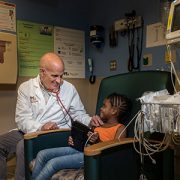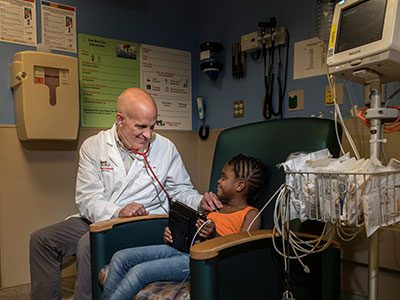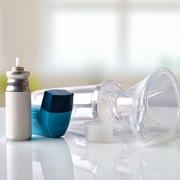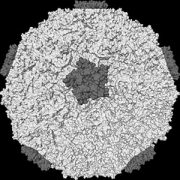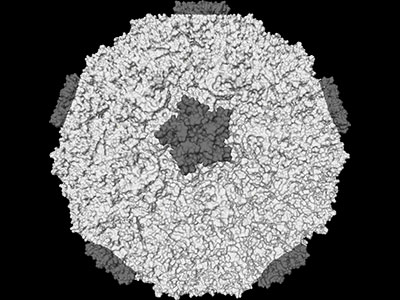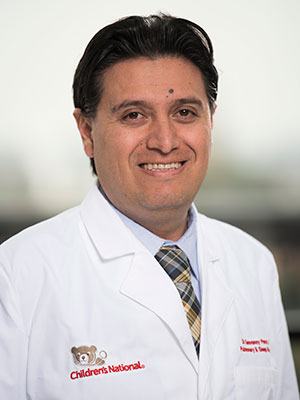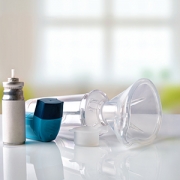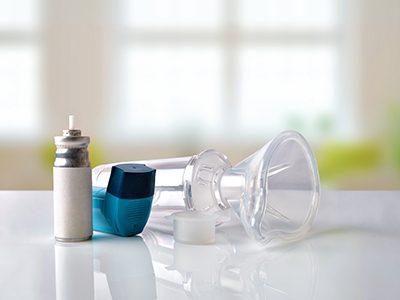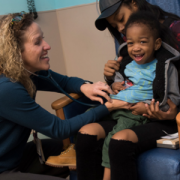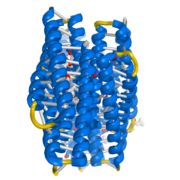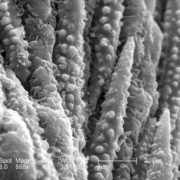Challenging the diagnostic criteria for pediatric asthma

Recent research by Anastassios Koumbourlis, M.D., M.P.H, and colleagues challenges the use of the term physician-diagnosed asthma (PDA).
Children’s National physicians Anastassios Koumbourlis, M.D., M.P.H, division chief of Pulmonary and Sleep Medicine, and Geovanny Perez, M.D., attending pulmonologist and asthma researcher, co-authored a recent article published in the Annals of the American Thoracic Society entitled “Heterogeneity in the Diagnostic Criteria Physicians use in Pediatric Asthma.” Their study focused on the term “physician-diagnosed asthma” (PDA) that is commonly used, especially in research, as a specific characteristic that allow the stratification of patients to different groups (e.g. those with PDA vs. those without PDA). The term simply means that a patient has been given the diagnosis of asthma by a physician without any explanation as to how the diagnosis was made. Drs. Koumbourlis and Perez challenge the validity of the term on the grounds that “asthma is often misdiagnosed, because there are no consistencies in the criteria physicians use to make the diagnosis.”
To prove their theory, a survey was sent to pediatric pulmonologists and general pediatricians to identify the clinical and laboratory criteria they use to diagnose pediatric asthma. The responses were tabulated separately for the two groups. In total, 205 pediatric pulmonologists from 24 different countries and 111 general pediatricians responded to the survey.
The results revealed substantial variability between pulmonologists and general pediatricians:
- “‘Resolution of symptoms after treatment with bronchodilators’ was the most frequently (85 percent) chosen criterion by pulmonologists, followed by ‘symptoms on exertion’ and ‘recurrent/persistent cough in the absence of infection’ (55 percent and 35 percent, respectively). Non-pulmonologists chose equally the presence of ‘symptoms on exertion’ and the ‘resolution of symptoms with bronchodilators’ (76 percent and 74 percent, respectively), followed by ‘recurrent/persistent cough’ (38 percent).
- “There were striking differences in the use of diagnostic tests between the two groups. Almost all pulmonologists (91 percent) chose spirometry before and after the bronchodilator as part of their diagnosis. They were also significantly more likely to use other tests. In contrast, two-thirds of the non-pulmonologists (64 percent) do not use any tests.”
The results of the survey reveal noteworthy discrepancies not only between practice and guidelines, but more importantly between physicians, often determined by their specialty. This variability in the diagnostic criteria for asthma means that patients who are assigned as having PDA do not necessarily represent a homogeneous population. This, in turn, may significantly affect the results of research studies that use the term PDA to categorize patients into different groups. Thus, the investigators conclude, the term PDA should either be avoided completely or, if it must be used, it should be accompanied by the specific criteria on which the diagnosis was based.



